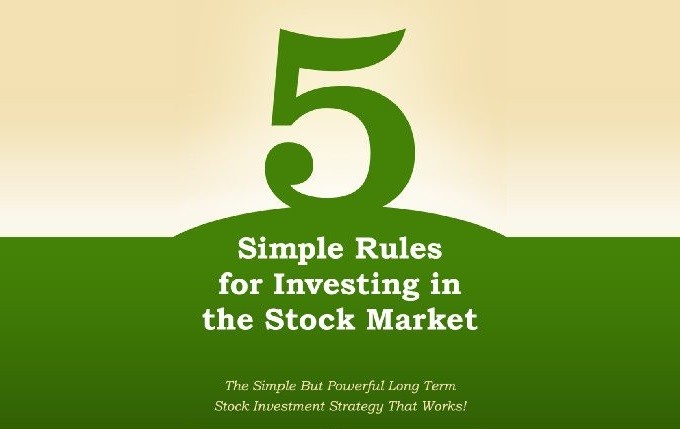5 Rules to Buy Low and Sell High in the Stock Market

Every investor claims to buy low and sell high in the stock market. No one can argue against this being a good approach. In reality, what most investors are doing is buying high and expecting to sell higher.
This practice is dangerous because it increases the level of risk while simultaneously decreasing the probability of a high return. By definition, value investors actually do buy low and sell high.
Here are five rules to follow to ensure you do indeed buy low and sell high in the stock market.
#1 Buy stocks that are out of favor
The only way to find a company trading at a terrific value is to select a stock that is out of favor – meaning that people are selling the stock for a reason. If a stock is low, it’s low because people don’t like it.
Whether the stock is down due to macroeconomic events, industry specific downturns or company disasters, the majority of investors will want to steer clear. The uglier a company’s future looks, the cheaper the stock will be.
#2 Sell stocks that are in favor
Just as out-of-favor stocks are cheap, in-favor stocks are expensive. The logic is simple. If investors are excited about the prospects of a particular company, they will pay more to own it.
This is precisely the time when a stock should be sold, not bought. The brighter a company’s future appears to be, the more someone will be willing to pay for the stock.
#3 Ignore sell-side analysts
There are two types of analysts: buy side and sell side.
A buy-side analyst is a professional money manager who analyzes a stock for the sole purpose of determining whether to buy it. By contrast, a sell-side analyst analyzes a stock for the purpose of selling a report of his or her analysis.
The problem with sell-side analysis is that there are some significant career risks which influence an analyst’s opinion.
- Career risk No. 1
The first risk has to do with an analyst’s fear of being different. Humans instinctively want to fit in; no one wants to be the odd man out. Therefore, it’s difficult for an analyst to confidently predict that an out-of-favor stock is a good buy and that an in-favor stock is a sell.This results in most sell-side analysts playing it safe and making most buy recommendations when a stock is already high. Likewise, sell recommendations are made when a stock is widely disliked and already low.There’s little risk in having opinions consistent with the consensus. After all, it’s OK to be wrong as long as everyone else is also wrong.
- Career risk No. 2
The second issue is that you’ll rarely see a sell-side analyst label a company a “sell.” Analysts rely on the companies they cover to provide them access to insightful information.Sometimes this is an in-person meeting with management, a spot on the company’s earnings call, or the company’s views on the state of its industry. As an analyst, it would be hard to get this information from a company that wants nothing more than to get you fired.And that’s exactly what management wants to happen to an analyst who publicly announces a company is worth less than it’s valued.
#4 Overcome your emotional instincts
Your biggest enemy as an individual investor is yourself. Investing does not come naturally to humans. Our emotional instincts make us panic at the first sign of danger and become euphoric as circumstances improve.
Following these instincts causes people to make terrible investment decisions and ultimately to buy and sell at the wrong times. When stocks are at all-time highs, we become excited and buy because everything is great.
When stocks are falling, we panic and sell because there’s no saying how far prices will go. Investors who can overcome these deep-rooted emotions will ultimately outperform everyone else who simply follows the herd.
#5 Base decisions on fundamental data
Using current and historical financial statements to calculate a company’s value prevents overly optimistic or pessimistic analysis.
Actual data – rather than ambiguous forecasts, expected earnings surprises or acquisition rumors – removes any sense of emotion and uncertainty when evaluating an investment.
Likewise, it’s important to ignore past price levels. Failing to do so will cause anchoring bias. This is when future judgments are based on an initial piece of information. In the case of stock prices, investors often determine whether a stock is high or low based on what the price was in the past.
Falling into this trap will drive investors mad. They’ll always want to the price to go back to where it used to be – either to buy it at a lower level or to sell it at a higher level.
Individual investors who follow the five rules listed above are bound to buy low and sell high in the stock market.


